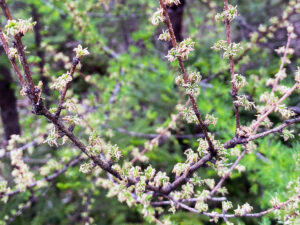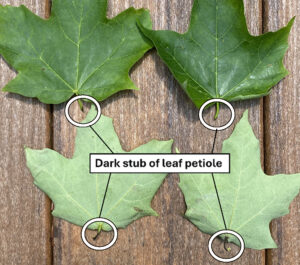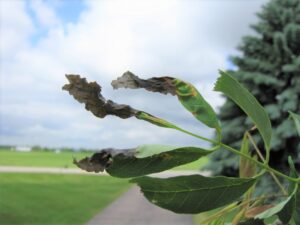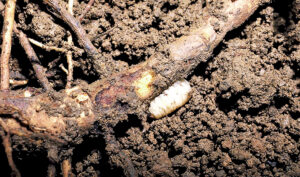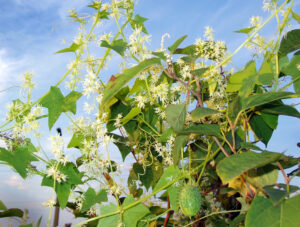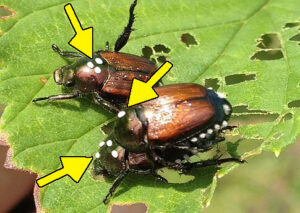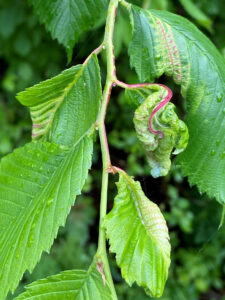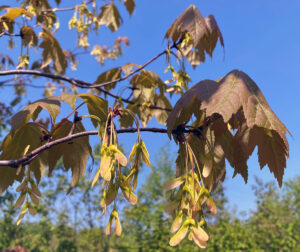
Maple trees producing large seed crops may have off-color leaves that are smaller than normal into early summer. / Photo Credit: Linda Williams, Wisconsin DNR
By Linda Williams, DNR Forest Health Specialist
Linda.Williams@wisconsin.gov or 920-360-0665
Scattered maple trees across parts of the Northwoods have produced heavy seed crops this year.
When trees produce so many seeds, it reduces the amount of energy available for producing leaves. As a result, those leaves can appear smaller and off-color into the summer. With fewer leaves produced, these trees will continue to look very thin throughout this year’s growing season.


